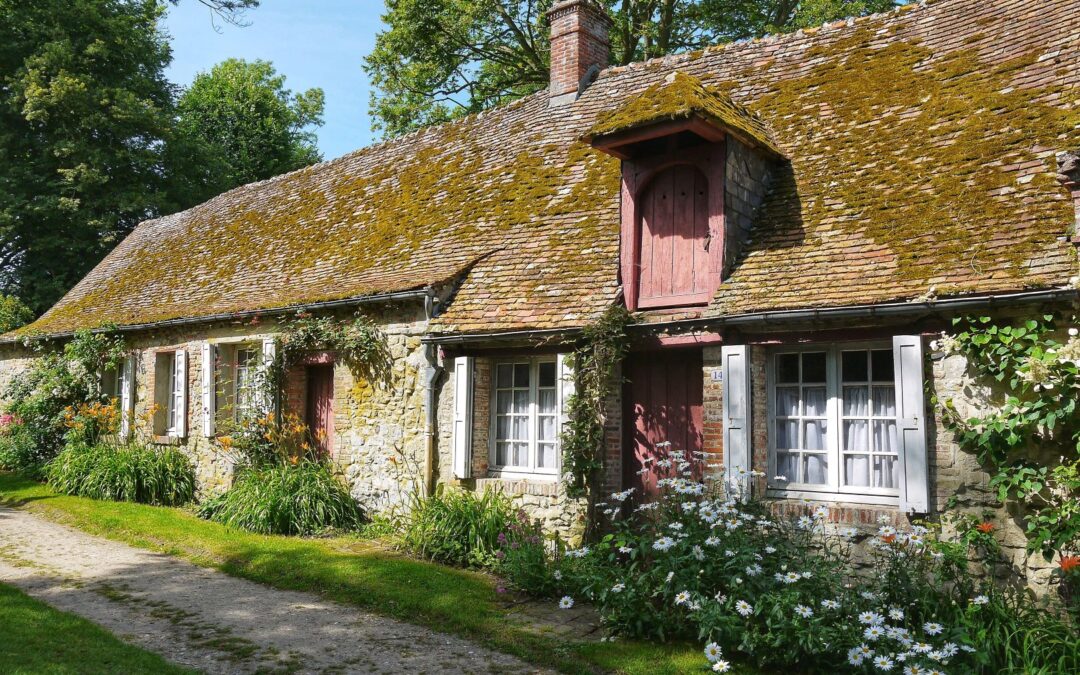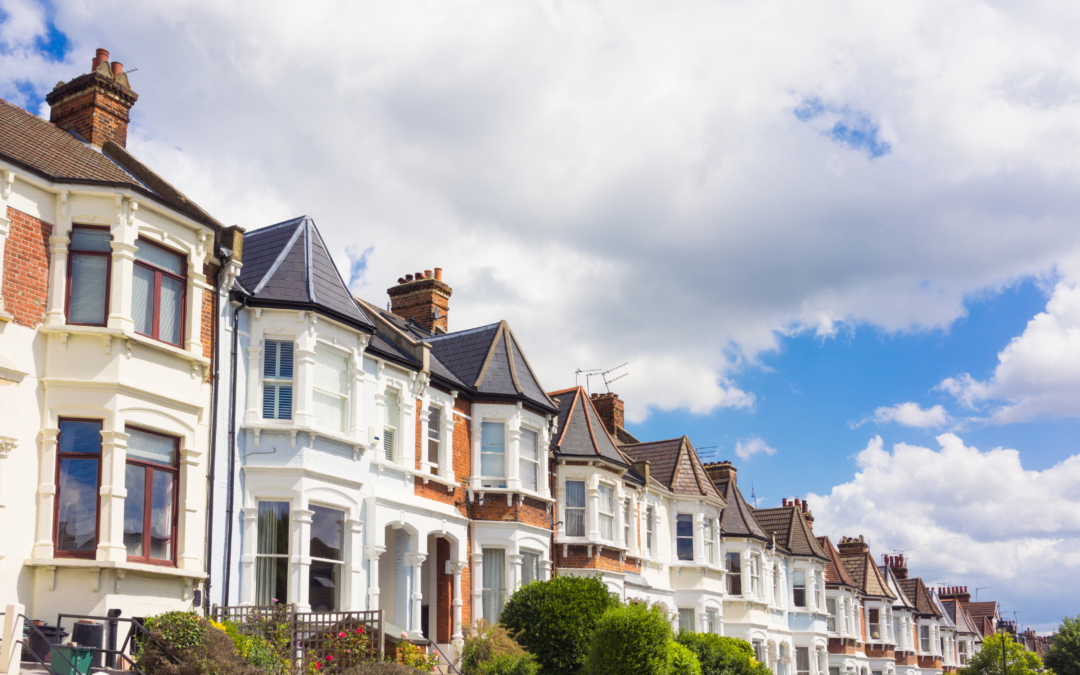It has been an interesting year for property and 2018 is looking no different.
Throughout 2017 politics continued to dominate the headlines with the General Election in June followed by continued discussions over Brexit, all of which loomed over the property market. As a result, house prices neither went through the roof, nor crashed, and later in the year stamp duty for some was abolished in a surprise twist of the Budget.
The latest figures released by the Office for National Statistics (ONS) show that, in the twelve months to October, property prices rose by 4.5 per cent, and that the average property price in the UK now stands at £224,000.
London showed the lowest rate of growth, with prices up 2.1 per cent in a year. It was in the English regions where growth was most pronounced, with the East Midlands showing the highest annual growth, at seven per cent, and the South West (6.7 per cent) and East of England (6.1 per cent) not far behind.
‘Hot spots’, i.e. areas recording double-digit growth in the course of the year to October, included Swale in Kent (15.5 per cent) and West Somerset (13.4 per cent). Yet in Hartlepool, prices fell by 6.1 per cent.
With Theresa May still Prime Minister, albeit as part of a Conservative coalition with the DUP, the kind of major shake-up of the housing market, promised by Labour, did not materialise. The main policy announcement in Philip Hammond’s Autumn Budget was the abolition of stamp duty for first time buyers on properties worth less than £300,000.
Those campaigning for much more drastic cuts in stamp duty to revitalise the property market were left disappointed.
The Chancellor’s announcement came so late in the year that its impact on the property market will not become apparent until later in 2018. Many first time buyers continue to struggle to get on the property ladder and, despite the government’s welcome commitment to build 300,000 new homes a year, experts remain sceptical that the homes will actually be built.
“It is not clear from the measures that the Chancellor announced, how it is intended to get from the current 217,000 net new homes a year to the higher figure,” says David Jackson, Head of Planning at Savills. Demand continues to outstrip supply, and by some distance.
It also remains to be seen what will be the effect of the modest rise in interest rates announced by the Governor of the Bank of England in August. Monthly mortgage payments have gone up for homeowners on variable rate mortgages, but only by small amounts. And, after years of historically low interest rates, there seemed to be a consensus that the interest rate rise was a positive rather than negative move.
“It is actually good news for the housing market,” says Guy Gittins, Head of Residential Sales at Chestertons. “The knock-on effect will most likely be that the value of sterling will increase, which should give added confidence to overseas buyers looking to invest in the UK.”
Whether investor confidence remains high in 2018 will to some extent be dictated by the progress in the Brexit negotiations. But whatever political turbulence lies ahead, the UK property market ends the year in reasonable shape.
Yes, there are ongoing challenges with supply and for first time buyers and homeowners wanting to move, but the fundamentals of the market remain sound. Most commentators continue to believe that bricks and mortar remain an attractive long-term investment.
Content provided by OnTheMarket.com is for information purposes only. Independent and professional advice should be taken before buying, selling, letting or renting property, or buying financial products.
See www.onthemarket.com/newandexclusive. Agents specify exclusivity and are committed to accuracy under terms of use.






